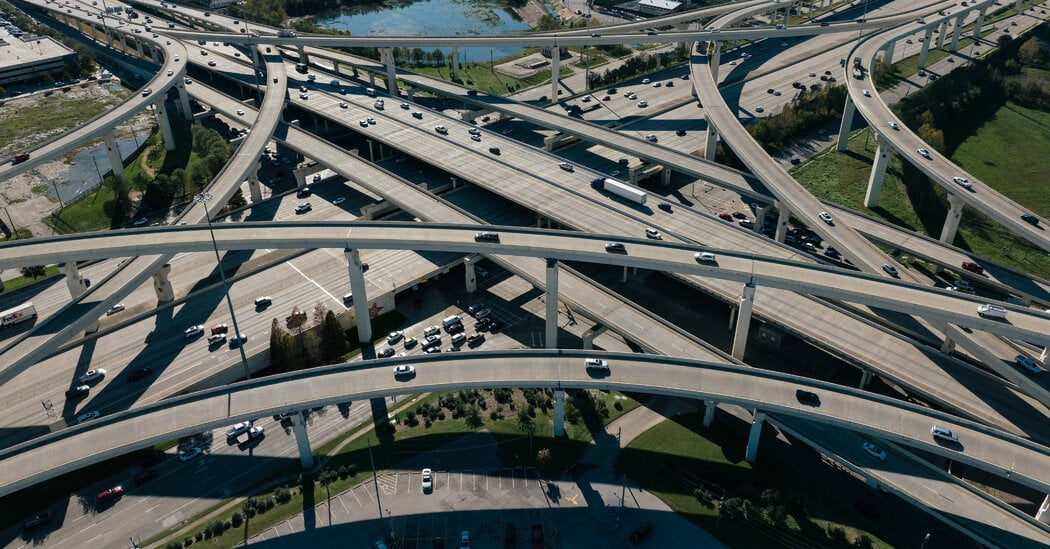- cross-posted to:
- fuckcars@lemmy.world
- cross-posted to:
- fuckcars@lemmy.world
For critics of widening projects, the prime example of induced demand is the Katy Freeway in Houston, one of the widest highways in the world with 26 lanes.
Immediately after Katy’s last expansion, in 2008, the project was hailed as a success. But within five years, peak hour travel times on the freeway were longer than before the expansion.
Matt Turner, an economics professor at Brown University and co-author of the 2009 study on congestion, said adding lanes is a fine solution if the goal is to get more cars on the road. But most highway expansion projects, including those in progress in Texas, cite reducing traffic as a primary goal.
“If you keep adding lanes because you want to reduce traffic congestion, you have to be really determined not to learn from history,” Dr. Turner said.



I agree. In addition to impacting the poor in towns and cities, raising gas prices also has an even larger impact on people in more rural areas where everything is spread out. We do most of our grocery shopping in the next town over, which is 15 miles away, with basically nothing in between. Sure it still takes only 15-20 minutes to get anywhere we want to go, but those minutes are a lot more miles out here compared to driving 15-20 minutes to go a shorter distance I’m a city.
Within towns and cities, infrastructure should be built for people first, not cars, so as to make it easier and more pleasant to navigate a city by foot, bike, or public transit. It drives me crazy how pedestrian hostile most towns are. I’d like to see the design paradigm flipped.